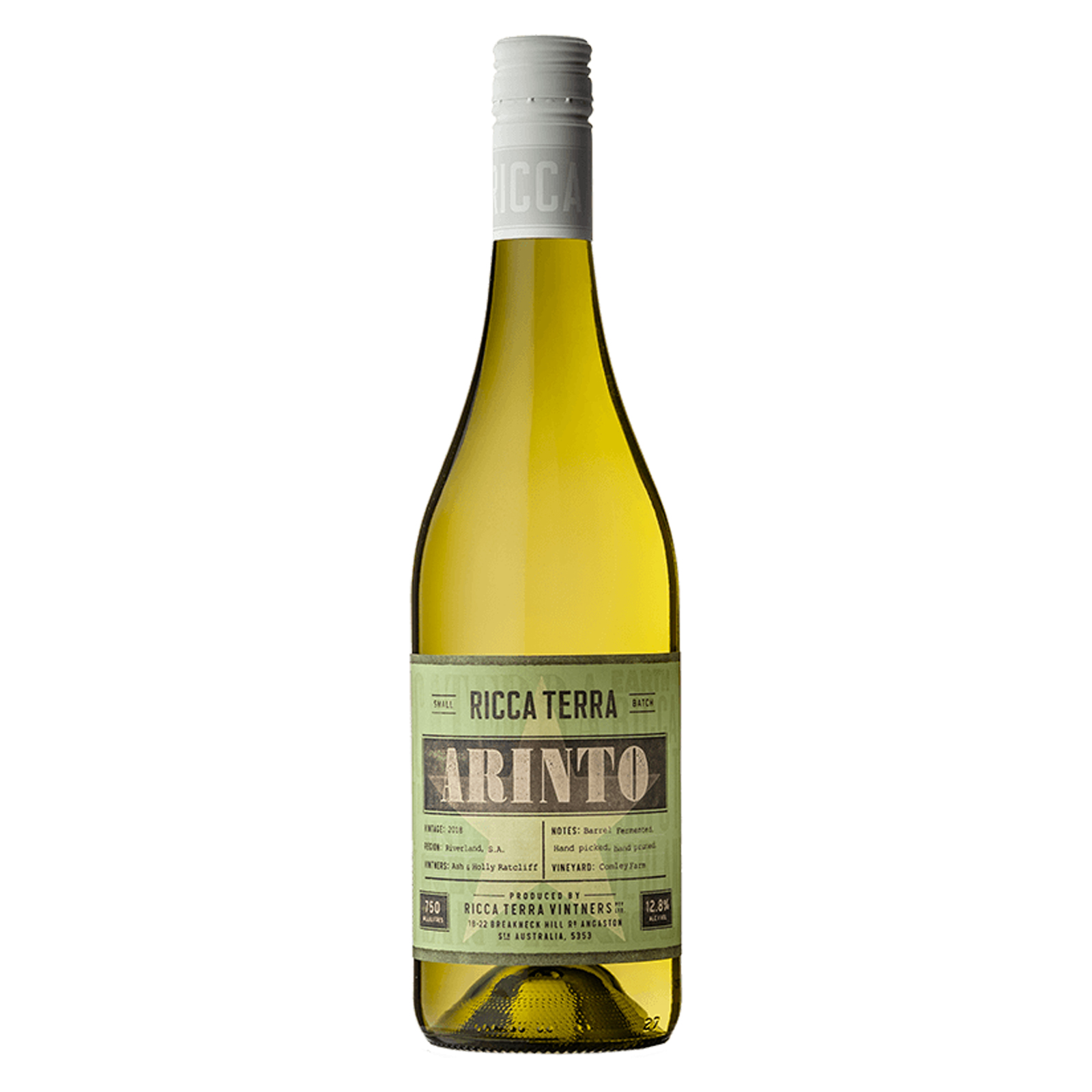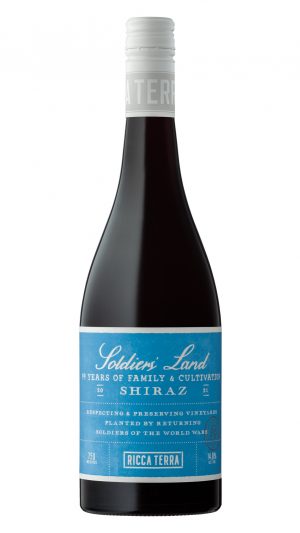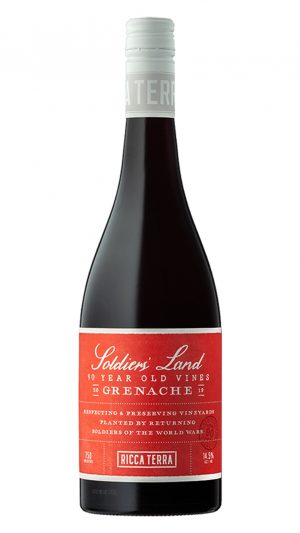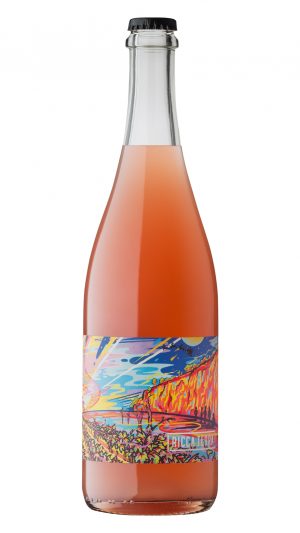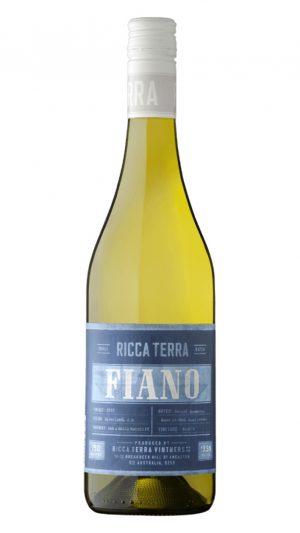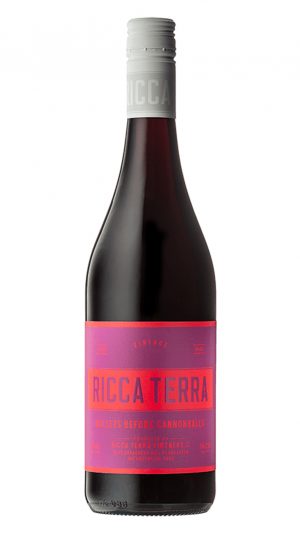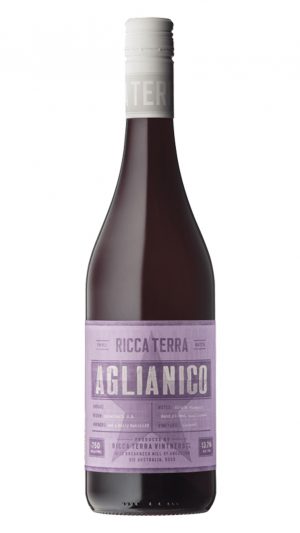Ricca Terra Arinto White 2021
Type: White
Country: Australia
Region: South Australia, Riverland
Grape Variety: 100% Arinto
Climate: Warm and dry climatic conditions
Terroir: The Ricca Terra vineyards are benchmarks in their region for sustainable viticulture, farming using premium viticultural techniques, drought-tolerant rootstocks and water saving mulches
Winemaking: Hand harvested; a portion of the fruit spent two weeks fermenting as whole bunches in a sealed fermenter before being pressed to old oak puncheons to finish the ferment. The balance of the fruit was cooled and gently whole bunch pressed. This crisp pure juice was run off to old oak to ferment. The two parcels rested on fine lees before blending and bottling in the winter of 2022
Color: Pale gold
Nose: Aromas of lifted citrus peel, lemon barley and dried flowers
Palate: Textured palate, with layers of crystalline citrus, and a very moreish saline, oyster shell note. Good acid levels keep the wine taut, but there is also some texture from skin contact that adds interest, and flesh in the mid-palate
About the Winery:
Ashley and Holly Ratcliff’s Ricca Terra Farms set out to shake up perceptions of the Riverland as a region that only grew grapes for generic bulk wine. They believed that by implementing quality-minded practices and focusing on climate-apt varieties, they would be able to unlock the region’s potential. By any measure, they have succeeded, elevating the profiles of grapes like Nero d’Avola, Fiano, Aglianico and Arinto in the process. But that wasn’t all, with the Caravel Vineyard planted relatively recently to largely celebrate Portuguese varieties, like Touriga Nacional, Tinta Cão and Tinta Barroca, along with some more Italians. The fruit goes to their own Ricca Terra and Terra do Rio labels, as well as being sold to top makers around the region.
Today’s Ricca Terra farms are planted to some classic French mainstay varieties, like with much of the Riverland, but many are old vine plots from soldier settlement schemes from WWI and WWII. Along with renovating old olive groves and farmhouses, this is as much about preserving history as anything, with a raft of Italian and Iberian varieties taking the progressive lead across the 10 sites, with 80 hectares of land under vine, and over 30 grape varieties represented.

